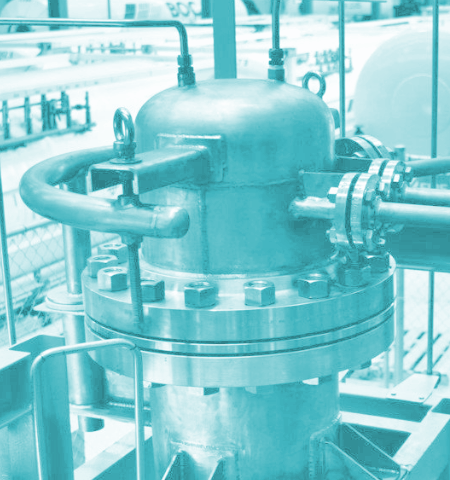Hydrogen springs from coal site
 Brown coal is being turned into liquid hydrogen as part of a $500 million pilot project in Victoria.
Brown coal is being turned into liquid hydrogen as part of a $500 million pilot project in Victoria.
The Japanese-Australian consortium behind the project at the AGL Loy Yang Complex in the Latrobe Valley says it has already created 150 jobs in its pilot phase.
It is part of the Victorian Government’s Hydrogen Energy Supply Chain project, which the state says could generate thousands more jobs and deliver billions to the economy.
The Loy Yang A project will convert coal into hydrogen gas, and use carbon capture and storage (CCS) technology to trap the emissions before they enter the atmosphere. Carbon will instead be buried in depleted gas reservoirs in Bass Strait.
Hydrogen can be produced from brown coal by gasification, in which coal reacts with oxygen under high pressures and temperatures to form synthesis gas (syngas); a mixture consisting primarily of carbon monoxide (CO) and hydrogen (H2).
The pilot gasification plant will use a total of up to 160 tonnes of brown coal and will include a drying and milling system developed specifically for Victorian brown coal. It will deliver up to three tonnes of hydrogen gas.
The plan for the future should see hydrogen transported to Port of Hastings by road in high pressure tube trailers, where it will be liquified and shipped to Japan in a purpose-built liquified hydrogen carrier, the Suiso Frontier, from mid-2021.
Hydrogen - which emits only purified water when it is burned - is seen as a key step in decarbonising parts of the economy such as heavy transport or manufacturing plants. It is also advantageous because it can be used to store and export renewably sourced energy.
There are different kinds of fuel, classified by the methods used to produce them. “Green” hydrogen fuel is produced from renewable energy, while “blue” hydrogen comes from coal or gas in conjunction with carbon capture and storage technology.
The carbon capture and storage component of the Latrobe Valley hydrogen project is yet to begin, but its proponents say it will be in place before the project is allowed to progress to full commercial scale.
The project is supported by the Japanese, Australia and Victorian governments, but is being run by a consortium of Japan’s J-Power, Kawasaki Heavy Industries, Shell and AGL.







 Print
Print